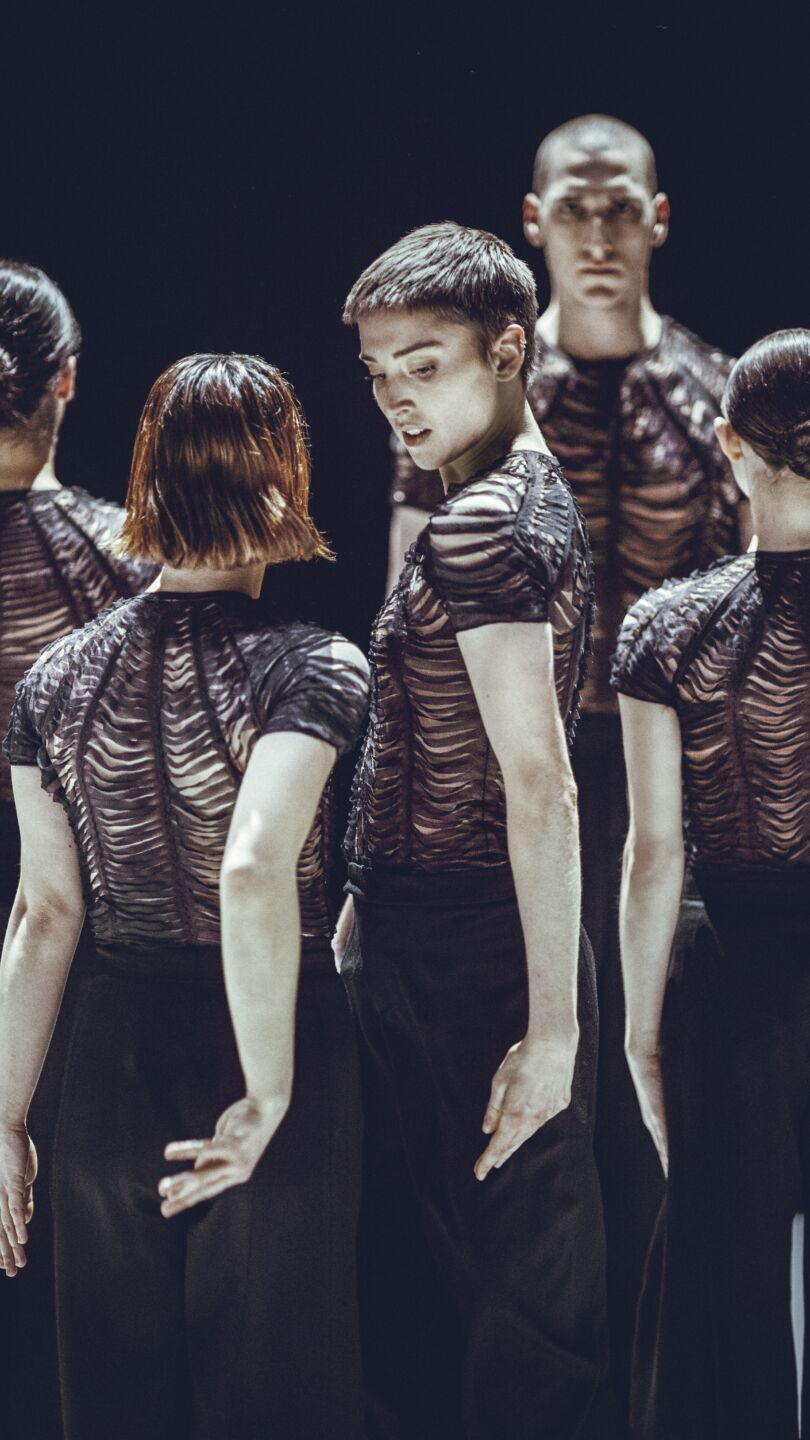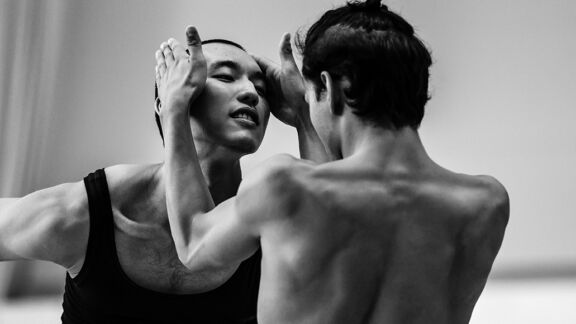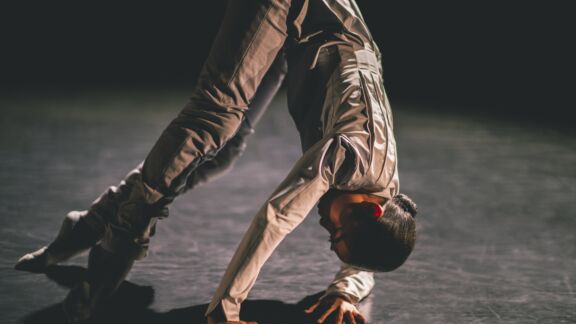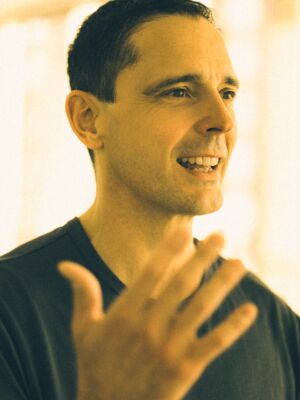“In April 2020, I lost Anne. She was my mentor, teacher, and friend of 25 years. We had an incredible shared history. When I lost her it was a shock, it was as if I had lost so much of who I was, so much of what my life meant to me.
A year after her death, I found myself called to listen to Brahms’ Alto Rhapsody, I spent 6 months with the music before beginning to explore the meaning of the lyrics. For the lyrics, Brahms used verses from Goethe’s poem Winter Journey in the Harz, a poem that was inspired by the poet’s ascent of the Brocken in the Harz mountains during the winter of 1777. The poet ascends the mountain with his grief and isolation as companions, to consult the oracle about his fate, whether he is to live the existence of the unfortunate or the redemption of the loved. Coming through the fog, he is wrapped in golden clouds as he reaches the summit and gazes in gratitude towards the overarching spectacle of nature.
It is by asking the question, and being willing to go all the way through the fog, that his fate is transformed. It is in the asking, not the answering that a question’s answer is revealed. In the paradox and circular nature of the human experience, to fall all the way through sadness is to witness a beauty that can only exist on the back of sadness itself.
There is a chance in despair for transcendence. Loss never really leaves us, but rather becomes a part of us, weaving itself through the tapestry of our spirit. If one can move through grief, gratitude oftentimes lies on the other side; if one can ascend past the mist and fog, the arrival at the summit is oftentimes filled with joy and reverence.
Brocken Spectre is a reflection on my own ascent through grief.” – Andrew Skeels
A heartfealt thanks go to Marilyne Cyr, Danny Morrissette, Silvia Sanchez, Charles Brecard, Cynthia Dragoni and Robert Vezina.
Lees de biografie van de choreograaf












 LICHT
LICHT





 LICHT
LICHT

























